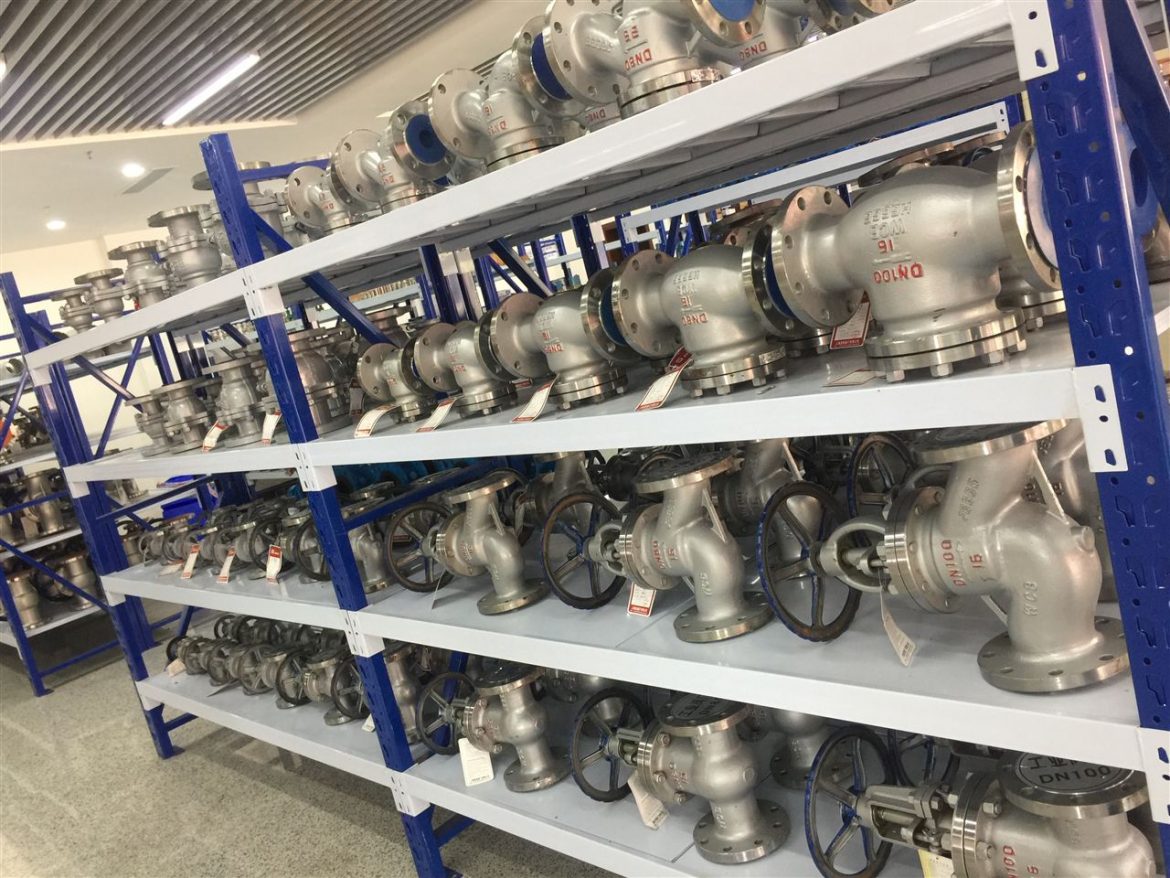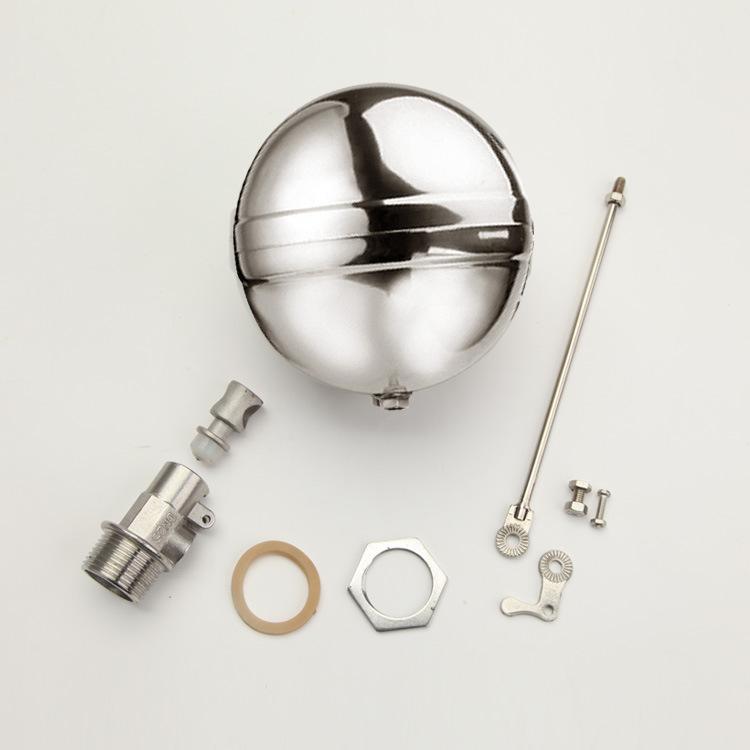What is A Sanitary Valve?

A valve is a mechanical device that controls the speed of flowing any fluid. It can be used in the case of fluidized solids, gases, slurries, or liquids through the gateway of opening, closing, or sometimes partially obstructing different passageways. Most of the valves are used in water reticulation, oil and gas, sewerage, mining, power generation, and also chemical industries.
The most common type of valve is the ball valve. These are durable and generally operate to get tight shutoff even after years of abandonment. Therefore, those are excellent alternative options for shutoff applications.
In a ball valve a spherical disc is attached which regulates the flow through it. This sphere has a hole, in the center so that when the port is in line with both ends of the valve, the flow began to continue. While the valve is blocked, the hole comes in perpendicular to the ends of the valve, which causes the flow to bring to an end. The lever will be inline through the port location which will give you a see-through position. The valves like ball valve, plug valve, and sanitary butterfly valve come under quarter-turn valves.
Usually ball valves come in two main designs. The first is Floating Bail and the other is Trunnion Mounted, with almost three basic construction variants: Three-piece, End Entry, and Top Entry. It works with either full or reduced bore designs, chiefly designed as an on/off isolation valve which can adjust to a very wide range of temperatures and pressures.
They are engineered with inherent quick opening flow features. Specially designed ball valves, however, may offer good flow regulation capabilities at a soaring Pressure.
All ball valves propose compact actuation because of their rotary quarter-turn operation system. The more safety version with Firesafe capability valves is now available, to be intended for the oil and petrochemical industries.
Sanitary ball valves are strong and long-lasting. Generally used where perfect shutoff still after long years of disuse is needed. However, this valve is not designed to offer the best control necessary in throttling applications, often they are used for this purpose also.
Ball valves are easy to repair and operate. It can be used extensively in discharging industrial applications as they are very versatile, and can work with a temperature up to 250°C, while supporting pressures up to 1000 bar. A ball valve body can be made of plastic, metal, and often metal with a ceramic center. A chrome-plated ball is more durable than anything else.





